Sale and leaseback is a popular option for companies seeking to raise funds, so why might you want to do this?
Hopefully, you will be able to sell the asset swiftly, providing you with a significant sum. Unless you urgently need to dispose of the asset, you may also be able to wait for the right moment to sell and take advantage of favorable market conditions.
No loss of control
Because you are immediately leasing back the asset, you retain full use of it. So, if the asset is a business property, you continue to occupy it and conduct day-to-day business from that location. If it’s any other form of asset, you can continue to use it in the same way as when you owned it. Furthermore, sale and leaseback usually involve longer lease periods, such as 20 or 30 years, so you can still make plans to use the asset in the longer term.
Avoid borrowing costs
If you choose to borrow to raise finance, then there will inevitably be fees to pay, such as broker fees, lender arrangement fees, valuation fees, funds transfer fees, etc. As a sale and leaseback arrangement isn’t a credit agreement, there are none of these fees involved – you simply sell the asset and receive the funds from the buyer.
Tax-deductible rental payments
If you dispose of an asset, then you will need to make rental payments to the new owner to continue to benefit from the asset. However, these rental payments will be a deductible expense when it comes to calculating your level of taxable profit.
Reduce your debt
If there is a mortgage or other loan secured on the asset, then by selling, you are no longer responsible for making repayments. This way, you can reduce monthly costs and improve your balance sheet.
Reduce risks of owning assets
By selling, you no longer need to worry about fluctuations in the asset’s value. This may be an especially attractive option given that the property market is notoriously volatile.
Disadvantages of sale and leaseback
- You will need to make regular rental payments and could be evicted from the property or prevented from using the asset if you can’t maintain these payments
- Once you have disposed of the asset, you can no longer benefit from increases in its future value
- Disposing of a large-value asset can significantly reduce the acquisition price should you decide to sell your business in the future
- Once you have disposed of a property asset, the buyer becomes your landlord, and you need to comply with their rules. For example, you might have to seek their permission if you want to extend the property or carry out significant renovations
- Disposing of the asset can leave you with a Capital Gains Tax liability
- Unless your business has a strong trading history and is in a strong financial position, you might struggle to get a favourable purchase price for the asset.
How do sale and leaseback work?
As the name suggests, this type of arrangement involves your business selling something that it owns. Then, you enter into a lease agreement with the new owner, under which you continue to use that asset in exchange for making regular lease payments.
It is not a loan agreement – no funds are lent or borrowed under this type of arrangement.
Sale and leaseback deals are commonly used for business premises and other property assets, although it is also possible to sell other assets such as IT equipment, machinery, vehicles, etc. In this way. If the asset being sold is commercial property, then you continue to occupy and use the building after you’ve sold it. If the asset is a machine, for example, then you continue to use it in the same way as before, even though you no longer own it.
Once you have completed the sale, you can use the funds for any business purpose, including improving cash flow and working capital, funding new purchases, or taking on new staff.
Many companies, both large and small, have made use of sales and leaseback in the past.
Book a consultation with one of our Funding Bay experts to find out if sale and leaseback are the best options for your business!



